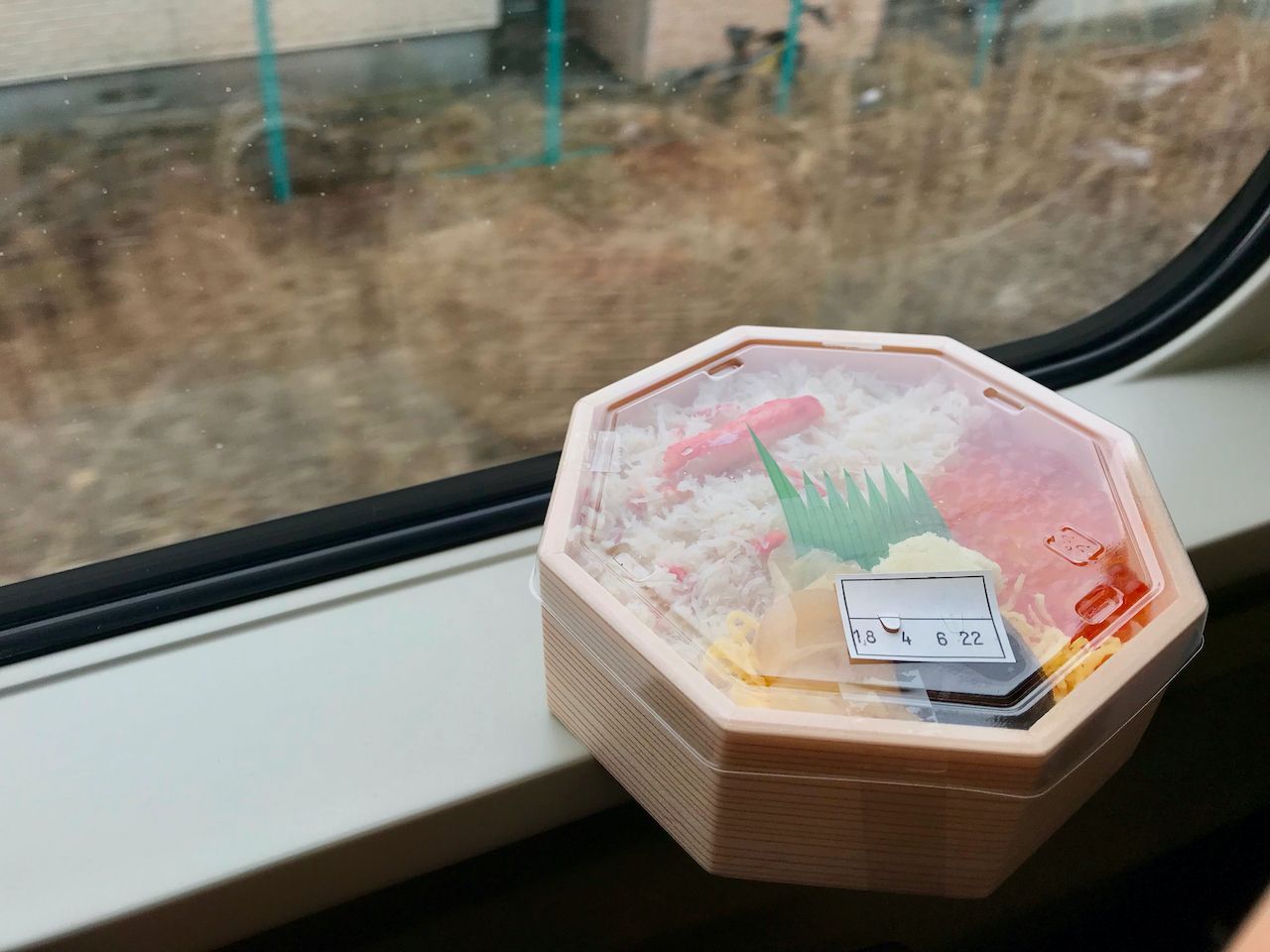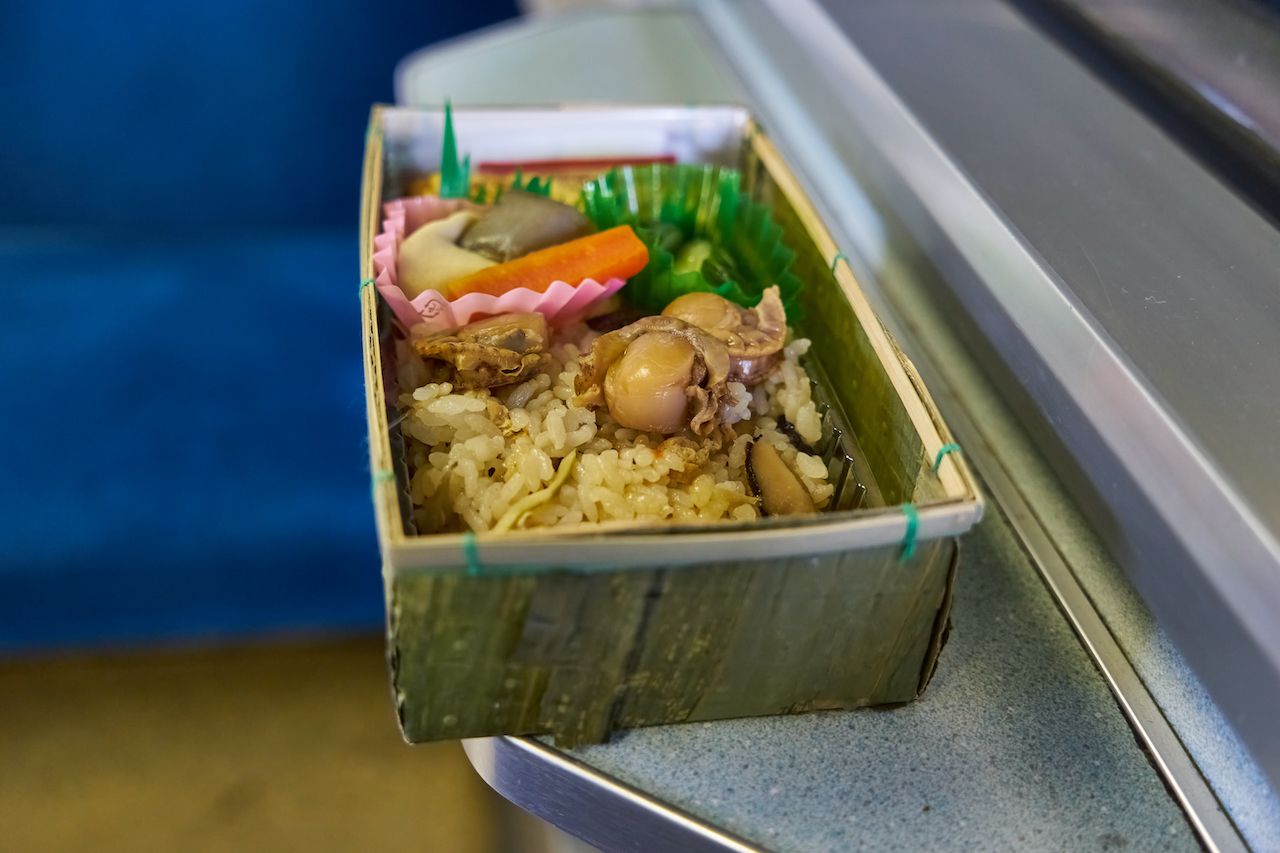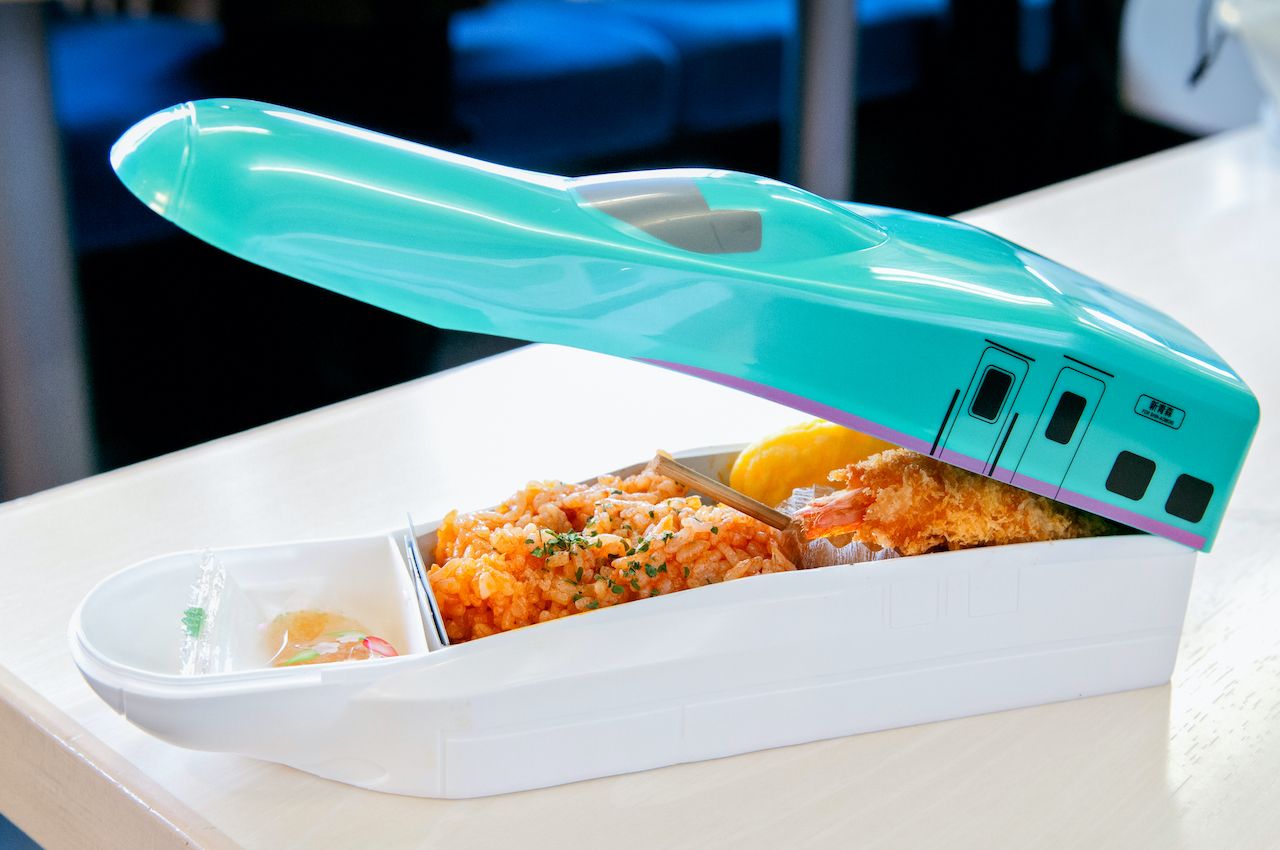“I think food, culture, people, and landscape are all absolutely inseparable,” said the late Anthony Bourdain. In Japan, those three inseparable qualities can be found in ekiben, the iconic packed lunch that has served as a trusted travel companion for almost two centuries.
Ekiben is a popular quick meal that’s neatly packed in a beautiful box. While the food in an ekiben varies, generally each has a balanced combination of meat or fish, vegetables, and rice, and also comes with chopsticks. It’s fast food, but the notion of “fast food” is a lot different in Japan than what you might expect in a place like the United States.



